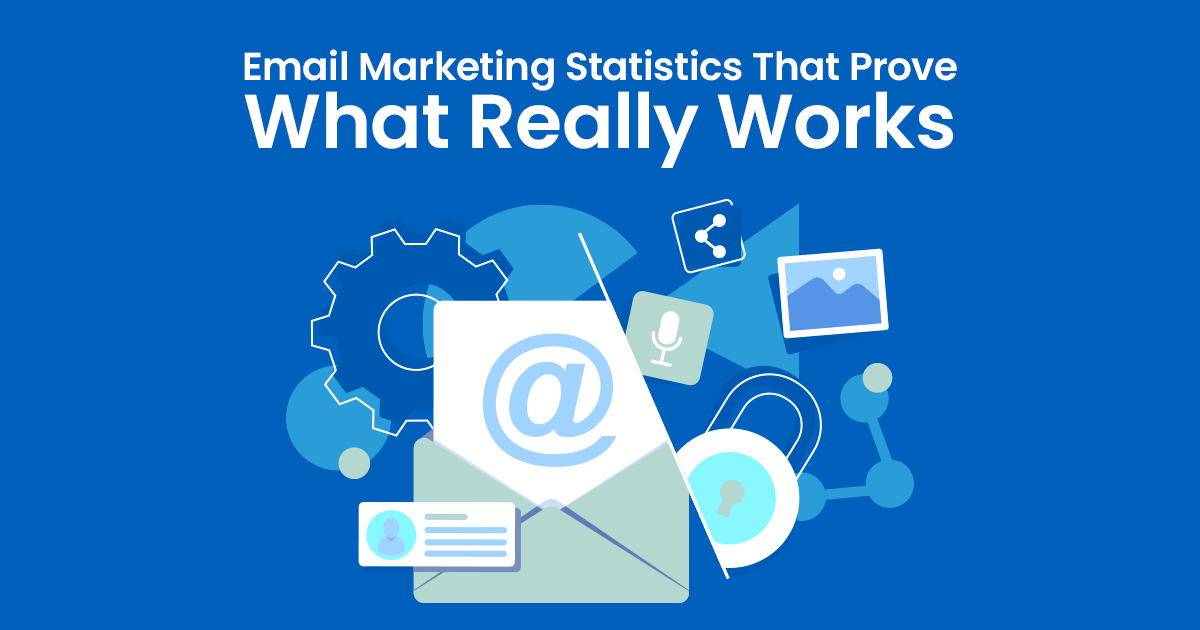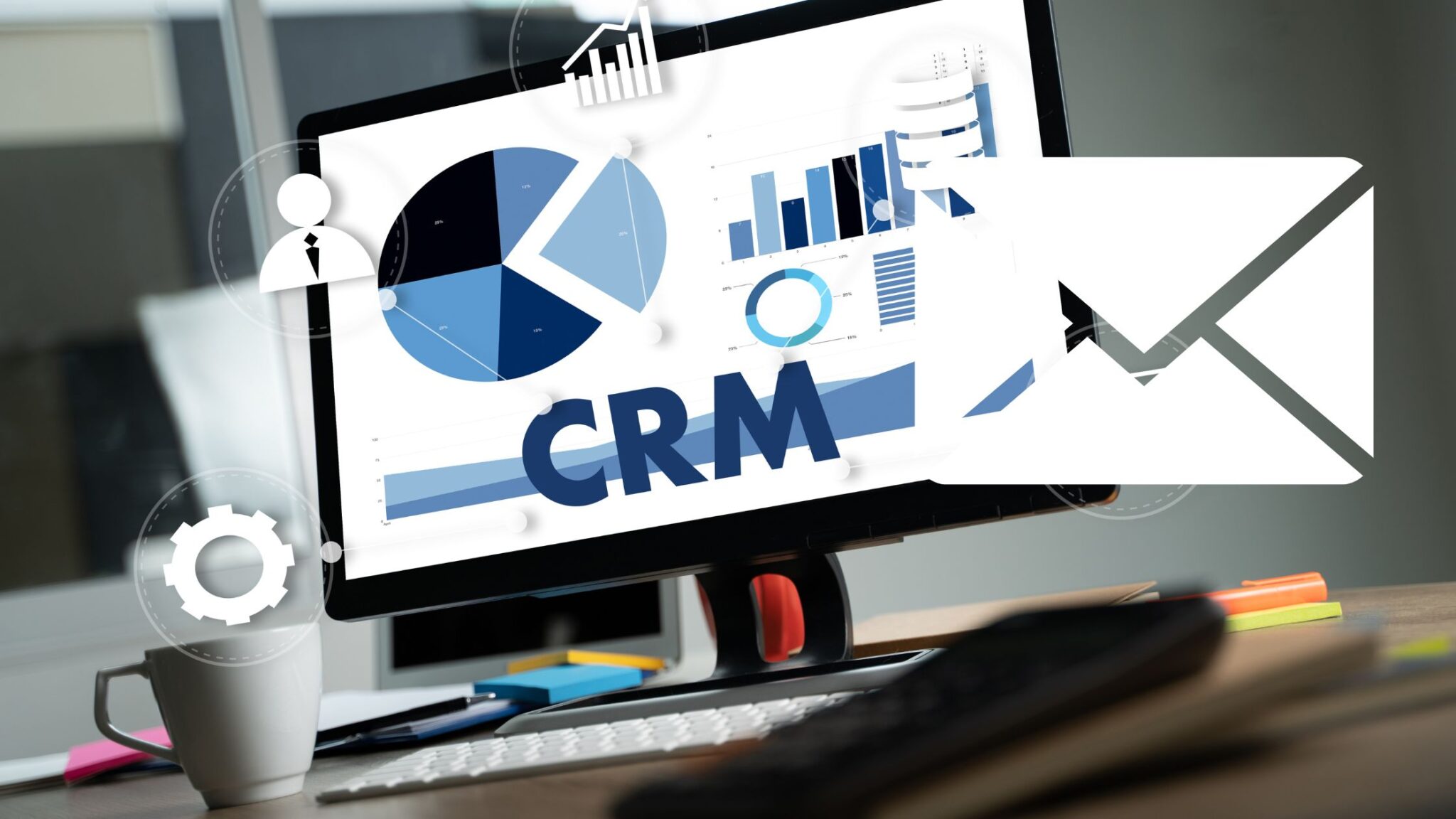
Which is the best email marketing platform? BlueDotEmail vs Mailchimp
Email marketing platforms are essential tools for businesses aiming to engage customers effectively in today’s digital age. BlueDotEmail and Mailchimp are prominent players in this







